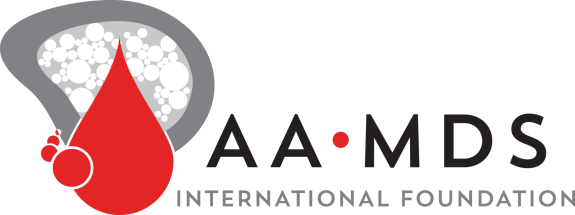Paroxysmal nocturnal hemoglobinuria (PNH) is a nonmalignant clonal hematopoietic disorder. There are 2 components to the pathogenesis of PNH: (1) a mutant stem cell and (2) expansion of the mutant clone. Component 1 is straightforward: there is almost always an inactivating somatic mutation of the X-linked gene PIGA. As for component 2, different mechanisms may be involved. In rare cases, expansion may be driven by independently arisen mutations (eg, in JAK2); however, in most patients with PNH, such mutations are not found. Instead, clonal expansion may result from the escape of glycosylphosphatidylinositol (GPI)-negative (PIGA-mutant) stem cells from a T-cell-mediated autoimmune attack on nonmutant stem cells. Several lines of evidence support this mechanism. (1) PNH is closely related to aplastic anemia (AA). (2) PIGA-mutant microclones exist in normal people but they do not expand. (3) In patients with PNH receiving syngeneic bone marrow transplantation, PNH remission has occurred only when immunosuppressive conditioning was applied. (4) After targeted inactivation of piga in mice, large populations of GPI-negative blood cells are produced, but they gradually disappear rather than expand. (5) There is evidence that cytotoxic T cells may spare GPI-negative stem cells, and CD1d-restricted GPI-specific T cells have been demonstrated in patients with PNH and with AA. Thus, the pathogenesis of PNH conforms to a Darwinian model within somatic cell populations: it results from a somatic mutation and a specific selective environment. The findings in PNH are also highly relevant to the pathogenesis of AA.
❄️ Give the Gift of Answers, Support, and Hope ❄️
Please make a donation to the Aplastic Anemia and MDS International Foundation this holiday season.

